armed forces
Canada could cut deal with U.S.—increase defence spending, remove tariffs
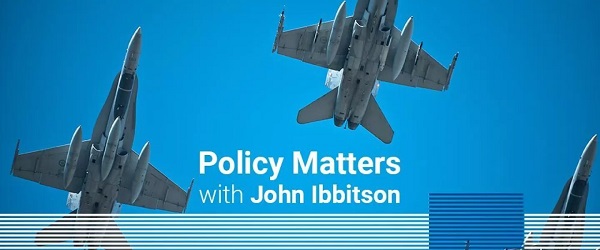
From the Fraser Institute
Because we live in dangerous times, and because an honest country keeps its word, Canada should meet its NATO commitment to spend at least 2 per cent of GDP on defence. But there’s another reason to live up to that promise—it’s good for trade.
Countries that are able to defend themselves earn the respect of their allies. That respect can provide tangible benefits. Consider Cyprus and the Auto Pact.
In the winter of 1964, in the depths of the Cold War, violence between Greek and Turkish Cypriots threatened to escalate into war between Turkey and Greece. President Lyndon Johnson, anxious to prevent war between two NATO members, was hugely grateful when Prime Minister Lester Pearson agreed to dispatch a peacekeeping force to the island.
“You’ll never know what this may have prevented,” said Johnson. “Now what can I do for you?” As Pearson noted in his memoirs, “I had some credit in the bank.”
A year later, Canada and the United States signed the Auto Pact, which guaranteed minimum levels of production for the Canadian auto industry. “I believe that Johnson’s willingness to agree to the Auto Pact the next year, an agreement that hugely benefited Canada’s auto sector, may well have been Pearson’s reward for Cyprus,” wrote historian J.L. Granatstein years later.
Canada’s relations with its NATO allies cooled in the years when Pierre Trudeau was prime minister. Trudeau considered pulling out of NATO entirely, but in the end contented himself with greatly reducing Canada’s troop presence in Europe. But Trudeau began to show new respect for NATO when he sought to diversify Canada’s trading relationships. “No tanks, no trade,” West German Chancellor Helmut Schmidt reportedly told him. Trudeau subsequently boosted defence spending and Canada acquired German Leopard tanks.
In the 1980s, as Brian Mulroney sought to improve relations with the U.S., his government maintained defence spending at or near 2 per cent of GDP, even as the government reduced spending in other areas to bring down a chronic deficit. On Mulroney’s watch, Canada retained a robust commitment to NATO and NORAD. In February 1990, former Cold War antagonists agreed to a process for German reunification during the Open Skies conference in Ottawa; six months later, Canada joined a U.S.-led coalition that ejected Iraqi forces from Kuwait.
And in the midst of this stalwart support, Canada and the U.S. negotiated their historic free trade agreement.
Then came the so-called Decade of Darkness, as Jean Chretien’s government cut funding to the military to help balance the budget. In the 2000s, Stephen Harper ensured that the Canadian mission in Afghanistan was properly equipped, but his government further cut spending in the wake of the 2008-09 financial crisis. By the time Justin Trudeau came to power, defence spending was at 1 per cent of GDP.
While it appears Justin Trudeau’s government increased defence spending, part of that is the accounting trick of putting veterans’ benefits in the budget. In fact, Canada remains virtually the sole outlier among NATO members in having no credible plan to get to 2 per cent any time soon.
Last spring, 23 U.S. senators (both Democrat and Republican) issued a letter taking Canada to task for failing to meet its defence commitments. And they spoke plainly. “We are concerned and profoundly disappointed that Canada’s most recent projection indicated that it will not reach its two percent commitment this decade.”
In that sense, Donald Trump was speaking for everyone in Washington when, as president-elect, he told reporters that “we basically protect Canada… we’re spending hundreds of billions a year to take care of Canada.”
That doesn’t in any way excuse the punitive tariffs the administration imposed on Canada and Mexico over the weekend. Those economic sanctions are capricious, vindictive and mutually damaging. Canada had no choice to but to respond in kind.
But it’s also true that other countries no longer take this country seriously. During the Biden administration, the U.S., the United Kingdom and Australia entered into the AUKUS security pact. Canada wasn’t invited. And QUAD security dialogue involving Australia, India, Japan and the U.S. is not QUINT, because we weren’t asked to join.
Canada will have a new federal government within months. Its highest priority must be to restore free trade with the U.S. One way to negotiate seriously with the Trump administration may be to offer a specific concrete program of investment in the NORAD partnership, in exchange for the removal of tariffs.
If the Americans agree, it wouldn’t be the first time that trade and defence were intertwined.
armed forces
Yet another struggling soldier says Veteran Affairs Canada offered him euthanasia
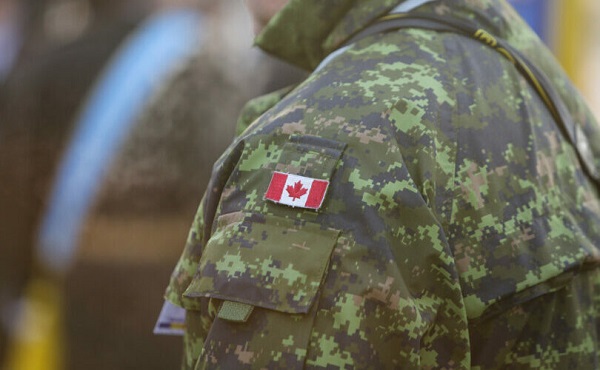
From LifeSiteNews
‘It made me wonder, were they really there to help us, or slowly groom us to say ‘here’s a solution, just kill yourself.’
Yet another Canadian combat veteran has come forward to reveal that when he sought help, he was instead offered euthanasia.
David Baltzer, who served two tours in Afghanistan with the Princess Patricia’s Canadian Light Infantry, revealed to the Toronto Sun that he was offered euthanasia on December 23, 2019—making him, as the Sun noted, “among the first Canadian soldiers offered therapeutic suicide by the federal government.”
Baltzer had been having a disagreement with his existing caseworker, when assisted suicide was brought up in in call with a different agent from Veteran Affairs Canada.
“It made me wonder, were they really there to help us, or slowly groom us to say ‘here’s a solution, just kill yourself,” Baltzer told the Sun.“I was in my lowest down point, it was just before Christmas. He says to me, ‘I would like to make a suggestion for you. Keep an open mind, think about it, you’ve tried all this and nothing seems to be working, but have you thought about medical-assisted suicide?’”
Baltzer was stunned. “It just seems to me that they just want us to be like ‘f–k this, I give up, this sucks, I’d rather just take my own life,’” he said. “That’s how I honestly felt.”
Baltzer, who is from St. Catharines, Ontario, joined up at age 17, and moved to Manitoba to join the Princess Patricia’s Canadian Light Infantry, one of Canada’s elite units. He headed to Afghanistan in 2006. The Sun noted that he “was among Canada’s first troops deployed to Afghanistan as part Operation Athena, where he served two tours and saw plenty of combat.”
“We went out on long-range patrols trying to find the Taliban, and that’s exactly what we did,” Baltzer said. “The best way I can describe it, it was like Black Hawk Down — all of the sudden the s–t hit the fan and I was like ‘wow, we’re fighting, who would have thought? Canada hasn’t fought like this since the Korean War.”
After returning from Afghanistan, Baltzer says he was offered counselling by Veteran Affairs Canada, but it “was of little help,” and he began to self-medicate for his trauma through substance abuse (he noted that he is, thankfully, doing well today). Baltzer’s story is part of a growing scandal. As the Sun reported:
A key figure shedding light on the VAC MAID scandal was CAF veteran Mark Meincke, whose trauma-recovery podcast Operation Tango Romeo broke the story. ‘Veterans, especially combat veterans, usually don’t reach out for help until like a year longer than they should’ve,’ Meincke said, telling the Sun he waited over two decades before seeking help.
‘We’re desperate by the time we put our hands up for help. Offering MAID is like throwing a cinderblock instead of a life preserver.’ Meincke said Baltzer’s story shoots down VAC’s assertions blaming one caseworker for offering MAID to veterans, and suggests the problem is far more serious than some rogue public servant.
‘It had to have been policy. because it’s just too many people in too many provinces,” Meincke told the Sun. “Every province has service agents from that province.’
Veterans Affairs Canada claimed in 2022 that between four and 20 veterans had been offered assisted suicide; Meincke “personally knows of five, and said the actual number’s likely close to 20.” In a previous investigation, VAC claimed that only one caseworker was responsible—at least for the four confirmed cases—and that the person “was lo longer employed with VAC.” Baltzer says VAC should have military vets as caseworkers, rather than civilians who can’t understand what vets have been through.
To date, no federal party leader has referenced Canada’s ongoing euthanasia scandals during the 2025 election campaign.
armed forces
Canada’s Military is Collapsing. Without Urgent Action, We Won’t Be Able To Defend Ourselves
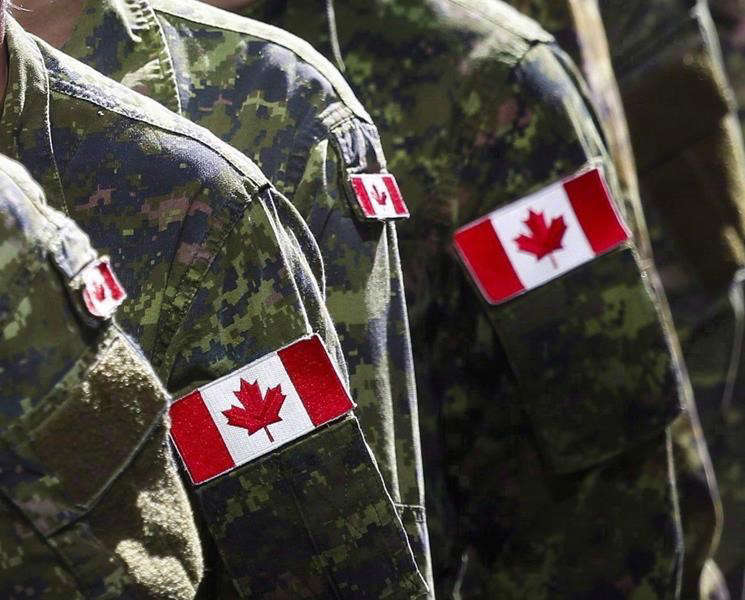
From the Frontier Centre for Public Policy
By David Leis
Decades of underfunding and political neglect have left our military weak and unprepared
What Lt.-Gen (retired) Michel Maisonneuve (ret.) told me about Canada’s military was nothing short of alarming. He didn’t mince words—our armed forces are in dire straits. If we don’t act now, Canada will not only be unable to defend itself, but it will cease to be taken seriously by our allies, many of whom are already losing patience with our military decline.
Maisonneuve has seen firsthand what a functioning military looks like. He has served at the highest levels, working alongside our allies in NATO, and he knows exactly what Canada is failing to do. “We are no longer at the table when major defence decisions are made,” he told me. “The Americans don’t ask us what we think anymore because they know we can’t contribute.” That is a stunning indictment of where we now stand—a country that was once respected for its ability to punch above its weight militarily has been reduced to an afterthought.
The problem, as Maisonneuve laid out, is both simple and staggering: Canada doesn’t take its defence seriously anymore. The government has allowed our forces to wither. The Air Force is still buying CF-18s from the 1980s because the long-delayed F-35 procurement is years behind schedule. The Navy, once a competent maritime force, is barely functional, with no operational submarines and a fleet that is nowhere near what is needed to patrol our vast coastlines.
Meanwhile, the Army is struggling to recruit and retain soldiers, leaving its numbers dangerously low. “We have an Army in name only,” Maisonneuve said. “If we were called upon tomorrow to deploy a fully operational combat force, we couldn’t do it.”
Even more shocking is the state of readiness of our troops. A recent report found that 75 per cent of Canadian military personnel are overweight. Maisonneuve didn’t sugarcoat it:
“It’s unacceptable. We are supposed to be training warriors, not watching fitness standards collapse.” When the people entrusted with defending our country are struggling with basic physical fitness, it speaks to something much deeper—an institutional rot that has infected the entire system. Our allies have noticed. Canada was locked out of AUKUS, the military alliance between the U.S., the U.K. and Australia. “It wasn’t an oversight,” Maisonneuve explained. “It was a deliberate snub. The Americans don’t see us as a serious defence partner anymore.” That snub should have been a wake-up call. Instead, our government shrugged it off.
Meanwhile, Washington is openly questioning Canada’s value in NATO. The Americans see the numbers—Canada refuses to meet even the minimum defence spending requirement of two per cent of GDP. Instead of fulfilling our obligations, we offer up empty promises and expect others to pick up the slack.
Maisonneuve is blunt about what needs to be done. “First, we need to fully fund the military—and that means not just hitting the NATO target but exceeding it. Our allies spend real money on their defence because they understand that security is not optional.” He suggests Canada should aim for at least 2.5 per cent of GDP, not just as a show of commitment but as a necessity to rebuild our capabilities. Beyond money, Maisonneuve argues that military culture must be restored.
“We’ve allowed ideology to creep into the ranks. The military’s primary function is to defend the nation, not to serve as a social experiment,” he said. “We need to get back to training warriors, not worrying about whether we’re ticking the right diversity boxes.” He believes a return to a warrior ethos is essential— without it, the military will remain directionless.
Procurement is another disaster that Maisonneuve insists must be fixed immediately. “We’ve spent years dithering on replacing equipment, and every delay puts us further behind,” he said. The F-35 deal should have been signed years ago, but political hesitation means we won’t see a full fleet for years. The Navy urgently needs new submarines and icebreakers, especially to secure the Arctic, where other global powers, particularly Russia, are ramping up their presence.
The biggest issue, though, is manpower. “We need to rebuild the forces, period,” Maisonneuve told me. “That means recruiting, training, and retaining soldiers, and we are failing at all three.” He even suggested that Canada should consider implementing a national service requirement, a move that would not only increase troop numbers but also instill a sense of duty and responsibility in younger generations. “We used to be a country that took security seriously,” he said. “What happened?”
That’s the question, isn’t it? What happened to Canada? How did we go from being a country that contributed meaningfully to global security to one that can’t even defend itself? The reality is that successive governments have let this happen—first by neglecting funding, then by letting bureaucracy suffocate procurement, and finally by allowing the core purpose of the military to be diluted.
Maisonneuve is clear: Canada must act now, or it will cease to be taken seriously.
David Leis is President and CEO of the Frontier Centre for Public Policy and host of the Leaders on the Frontier podcast
-
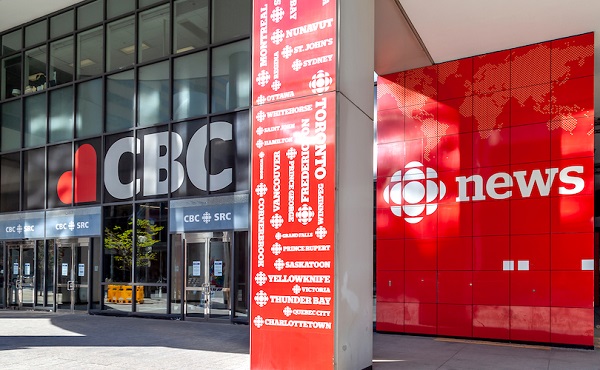
 Media2 days ago
Media2 days agoCBC retracts false claims about residential schools after accusing Rebel News of ‘misinformation’
-

 Bjorn Lomborg2 days ago
Bjorn Lomborg2 days agoNet zero’s cost-benefit ratio is CRAZY high
-

 2025 Federal Election1 day ago
2025 Federal Election1 day agoMark Carney Wants You to Forget He Clearly Opposes the Development and Export of Canada’s Natural Resources
-

 2025 Federal Election1 day ago
2025 Federal Election1 day agoCarney’s Hidden Climate Finance Agenda
-

 2025 Federal Election1 day ago
2025 Federal Election1 day agoPolice Associations Endorse Conservatives. Poilievre Will Shut Down Tent Cities
-

 2025 Federal Election1 day ago
2025 Federal Election1 day agoPolls say Canadians will give Trump what he wants, a Carney victory.
-
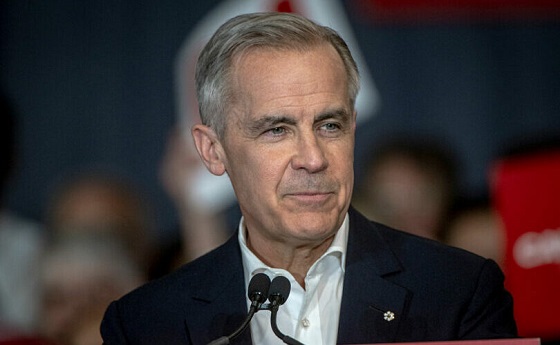
 2025 Federal Election1 day ago
2025 Federal Election1 day agoColumnist warns Carney Liberals will consider a home equity tax on primary residences
-
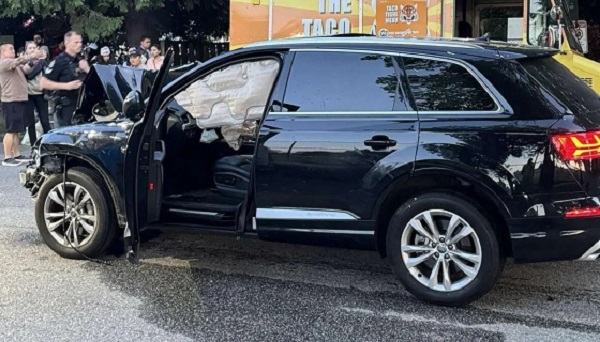
 2025 Federal Election1 day ago
2025 Federal Election1 day agoNine Dead After SUV Plows Into Vancouver Festival Crowd, Raising Election-Eve Concerns Over Public Safety






